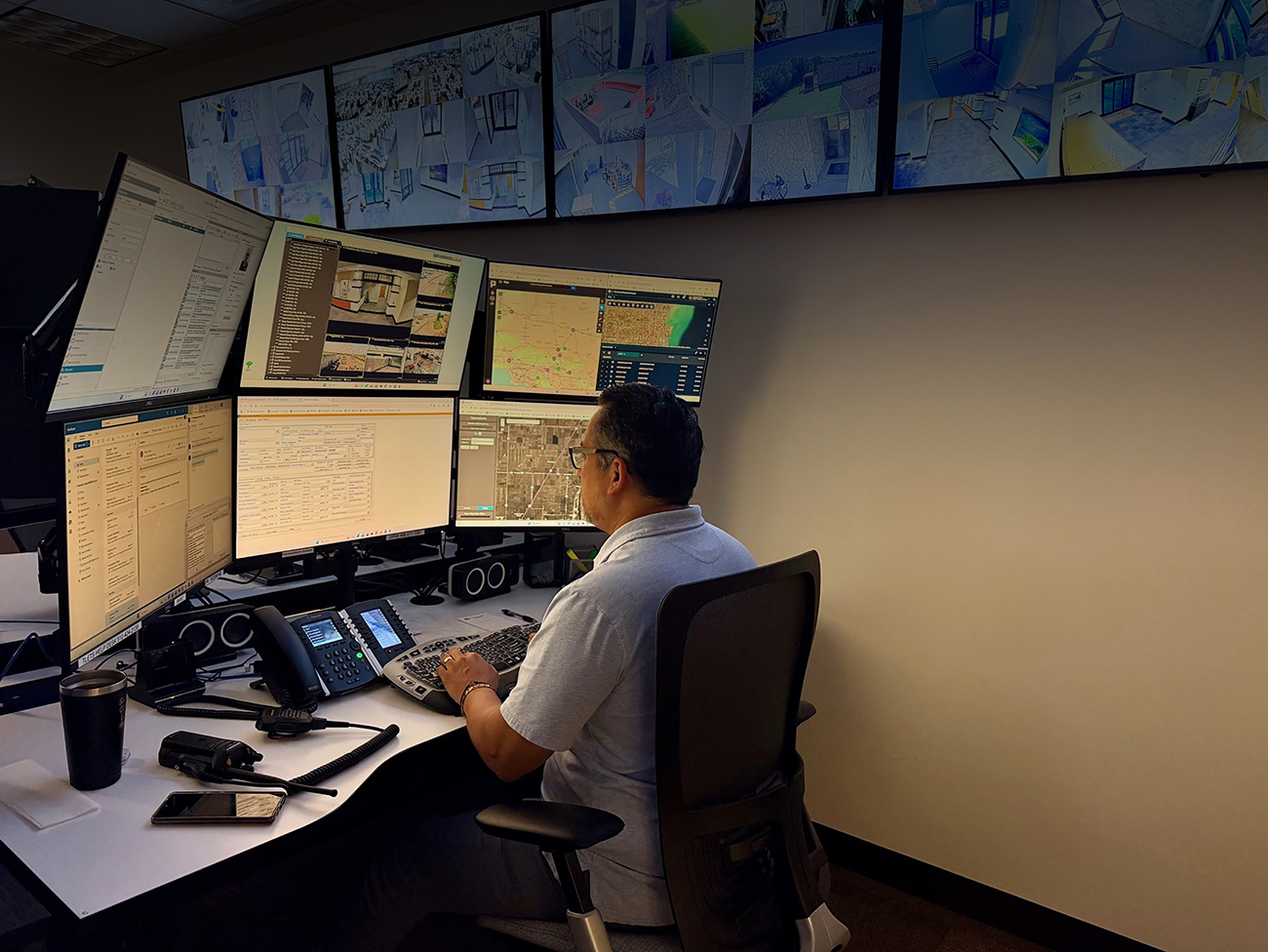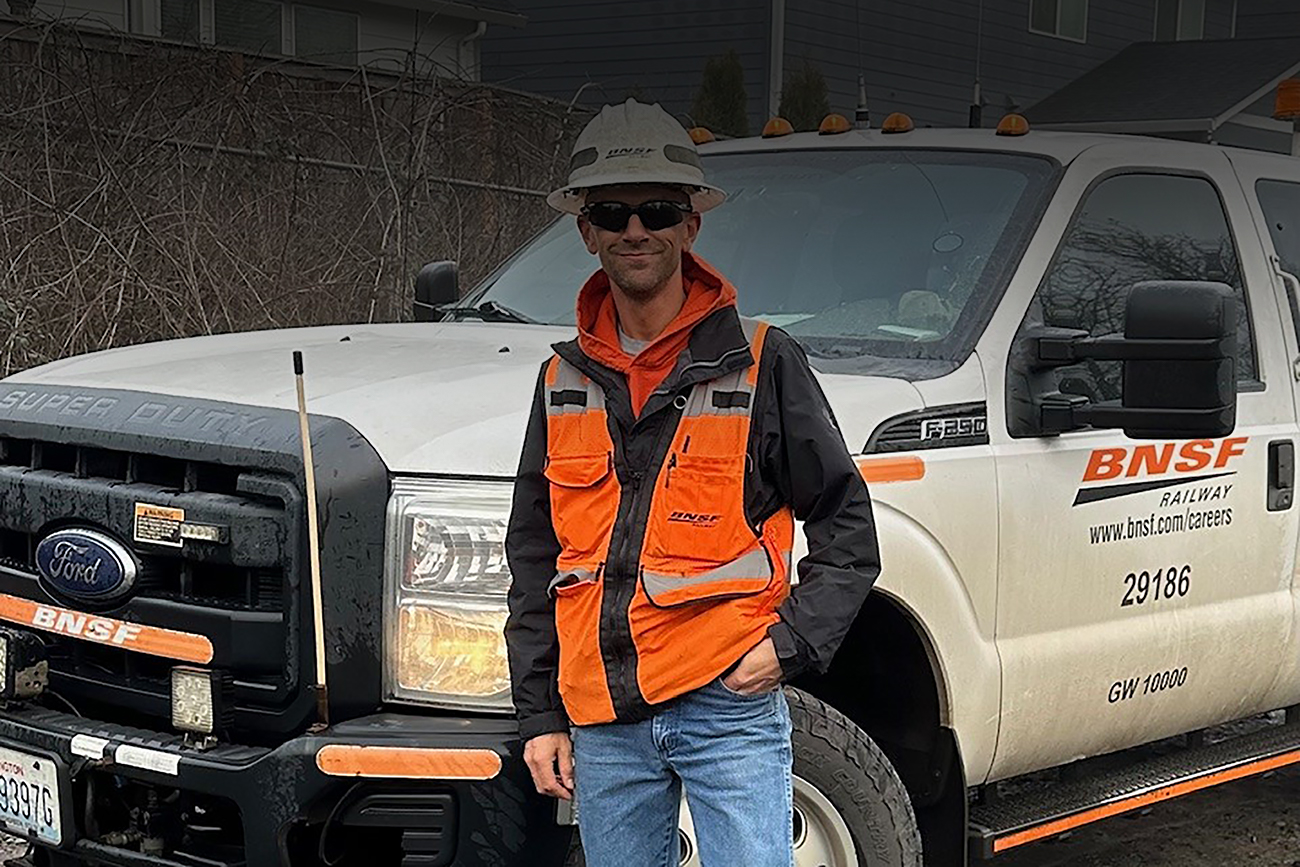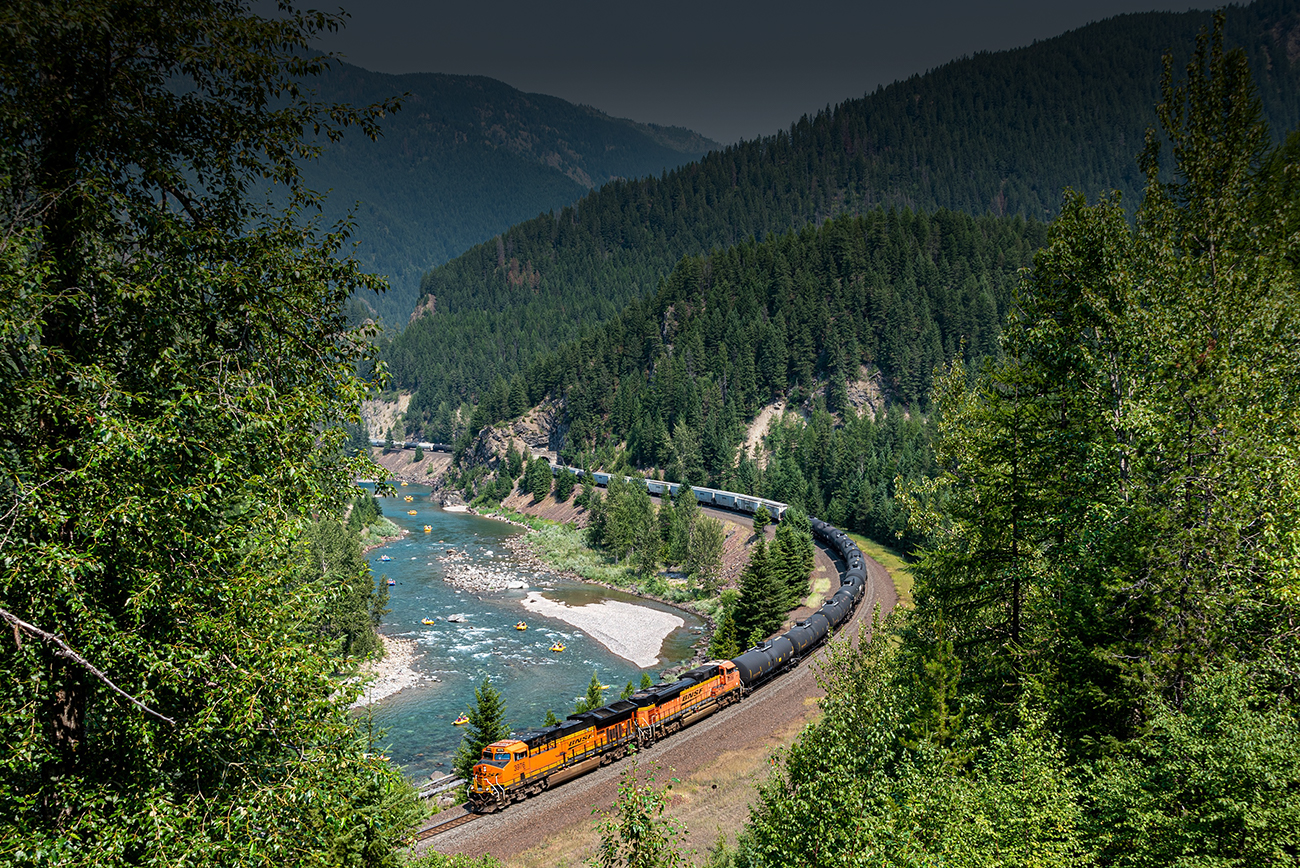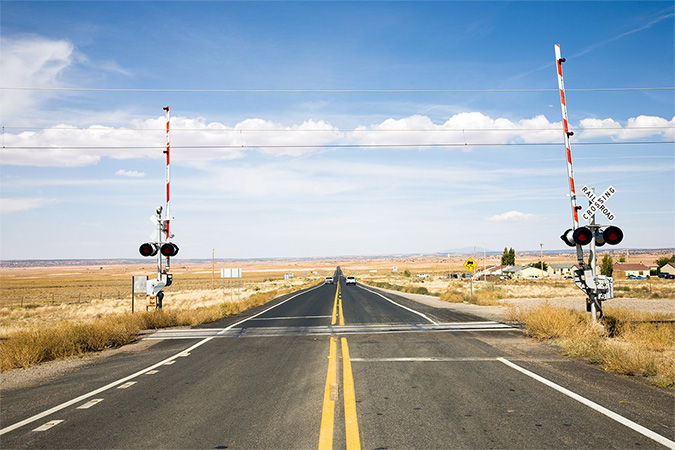
Think twice: Trespassing top cause of railroad-related deaths across U.S.
By SAM HASWELL
Staff Writer
Whether it’s trying to get a memorable photo or finding a shortcut for a trail, trespassing on rail property might seem like a harmless idea.
However, it’s anything but.
For starters, trespassing onto rail property is against the law.
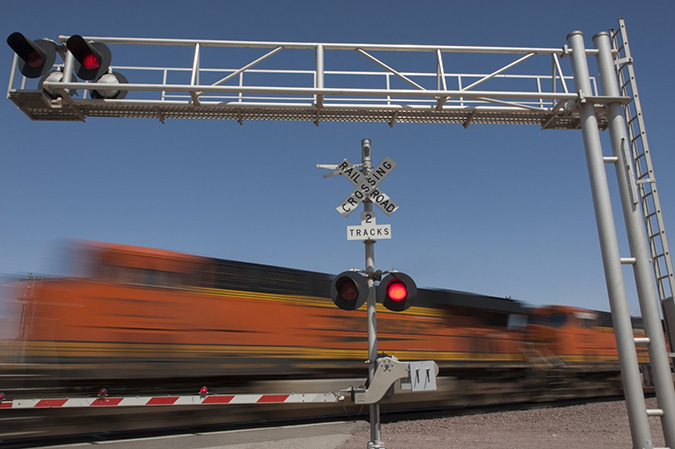
For example, in the state of Texas, trespassing can result in a fine of up to $500. If the person causes any injury or damage, they can be fined much more and it can even result in jail time, and in some cases a felony.
Along with being illegal, trespassing is very dangerous. In fact, trespassing is the number one cause of rail-related deaths.
According to the Federal Railroad Administration, there have been 229 fatalities due to trespassing on rail tracks this year alone.
Last year, 672 people died due to trespassing onto railroad property, making up 70% of all railway deaths. Over the last 10 years, the figure is 66%.
Only cross a railroad track at a designated crossing, and always be aware of your surroundings. A designated crossing is one that has marked signs and signals.
“Trespassing on railroad property is incredibly dangerous,” said BNSF AVP of Safety Michael Cook. “We urge people to only cross at designated crossings and refrain from walking on the tracks, onto train bridges or through tunnels. It’s important to remember: See tracks, think train.”
When it comes to walking on or in a structure with rail tracks like a bridge or tunnel, it may appear to be safe. However, there’s only room for the train, so you can’t simply step out of the way to let an oncoming train pass.
You should always expect a train and that tracks are in use. A train can run on any track at any time in either direction.
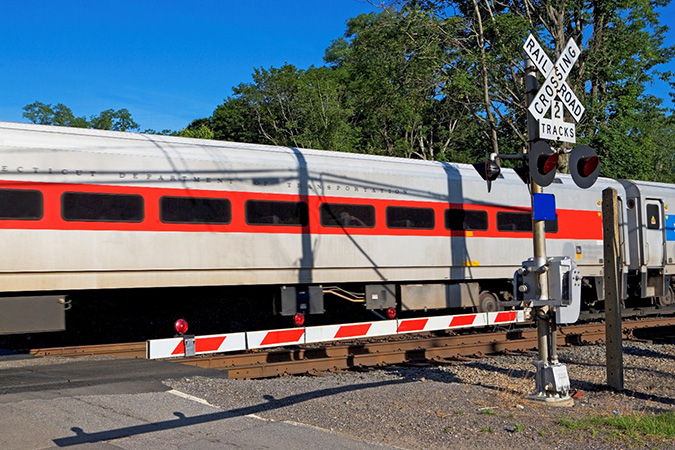
“It’s important that everyone make safe choices around tracks and trains,” said Jennifer DeAngelis, director of communications for Operation Lifesaver, Inc. (OLI). “Trains always have the right of way. They are much faster and quieter than you expect, have no steering wheel and can take a long time to stop.”
According to OLI, an organization dedicated to rail safety education, it can take a freight train going 55 miles per hour one mile to come to a complete stop. That’s like the length of 18 football fields!
Trains are also a lot quieter than people realize, and can sometimes move so quickly that they can appear to not be moving at all, even if they are headed straight at you.
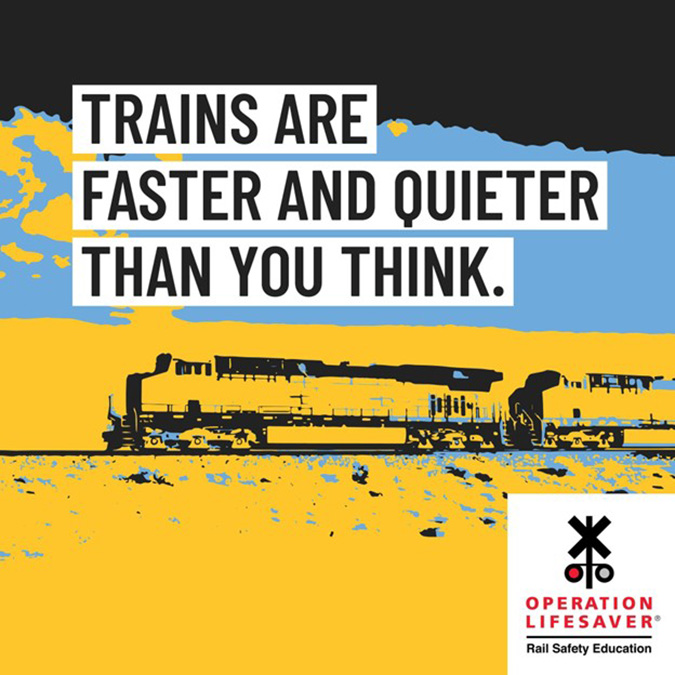
A small shortcut is never worth the potential consequences of trespassing onto railroad property. Remember: see tracks, think train.
DID YOU KNOW?
Dos and Don’ts: Safety Around the Tracks
· Do: Stay 15 feet away from train tracks
· Don’t: Walk on train bridges, trestles or train tunnels
· Do: Cross the tracks at designated crossings
· Don’t: Try and outrun a train
· Do: Stop and wait when the crossing’s signal barrier is down
· Don’t: Wear earbuds or listen to music when near the track
· Do: Call the railroad’s hotline, displayed on a blue sign on the crossing signal, when there’s an emergency on the rail line
· Don’t: Go onto railroad tracks to take photos
